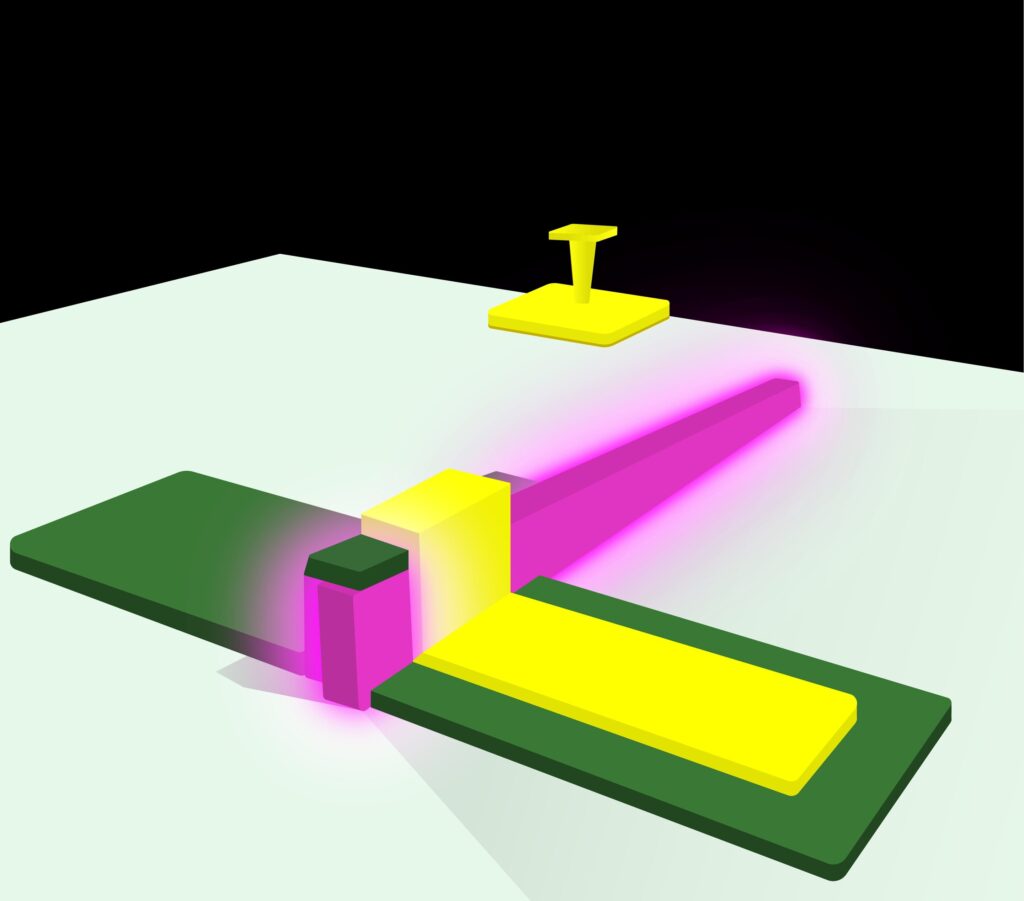A team of researchers has developed a new design for light-emitting-diodes (LEDs) which might hold the key to overcoming a long-standing limitation in the light sources’ efficiency.
The team includes researchers from the National Institute of Standards and Technology (NIST), University of Maryland, Rensselaer Polytechnic Institute, and the IBM Thomas J. Watson Research Center.
This new design was demonstrated on microscopic LEDs in the lab and it was observed to increase the brightness dramatically and has achieved the ability to create lasers.
Their device shows an increase in brightness of 100 to 1,000 times over conventional tiny, submicron-sized LED designs.
“It’s a new architecture for making LEDs,” said NIST’s Babak Nikoobakht, who conceived the new design. “We use the same materials as in conventional LEDs. The difference in ours is their shape.“
The LED problem which was addressed here is something called as “Efficiency Droop“.
What is Efficiency Droop? (The Problem)
LEDs were there for a long time but bright LEDs made a difference and ushered a new era of lighting. But even modern LEDs still have problems. As we increase the electricity, LED’s brightness increases but soon it starts to drop. So, basically, Efficiency droop refers to the reduction of efficiency with increasing current (current droop) or temperature (thermal droop). This problem holds back LED from fulfilling several promising applications
The team came up with a new design for the shining part of the LED. The team built a light source out of long, thin zinc oxide strands they refer to as fins. (Long and thin are relative terms: Each fin is only about 5 micrometers in length, stretching about a tenth of the way across an average human hair’s breadth.) Their fin array looks like a tiny comb that can extend to areas as large as 1 centimeter or more.
“We saw an opportunity in fins, as I thought their elongated shape and large side facets might be able to receive more electrical current,” Nikoobakht said. “At first we just wanted to measure how much the new design could take. We started increasing the current and figured we’d drive it until it burned out, but it just kept getting brighter.”
The researchers believe that this is a significant fundamental discovery. To understand its significance, a typical LED of less than a square micrometer in area shines with about 22 nanowatts of power, but this one can produce up to 20 microwatts.
There came another discovery with this one which is also equally significant. While the LED shone in a range of wavelengths at first, its comparatively broad emission eventually narrowed to two wavelengths of intense violet color. The explanation for this was that the tiny LED had become a tiny laser.
“Converting an LED into a laser takes a large effort. It usually requires coupling a LED to a resonance cavity that lets the light bounce around to make a laser,” Nikoobakht said. “It appears that the fin design can do the whole job on its own, without needing to add another cavity.“
A tiny laser would be critical for chip-scale applications not only for chemical sensing but also in next-generation hand-held communications products, high-definition displays, and disinfection.
Journal Reference:
“High-brightness lasing at submicrometer enabled by droop-free fin light-emitting diodes (LEDs)” Science Advances (2020). advances.sciencemag.org/lookup … .1126/sciadv.aba4346

